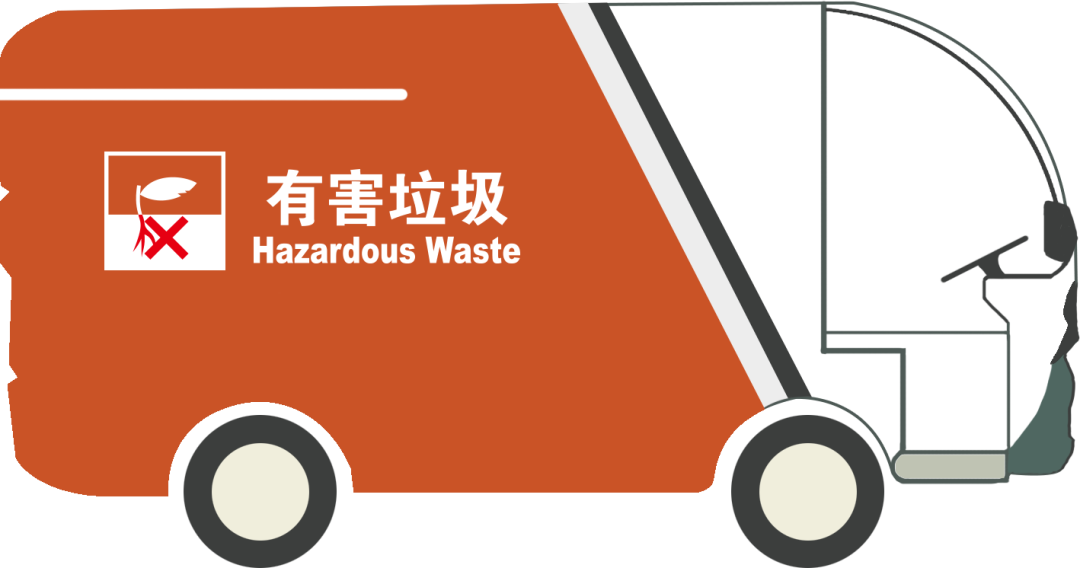
Hazardous wastes contain heavy metals that are harmful to human health, toxic substances or wastes that cause actual or potential harm to the environment. Including batteries, fluorescent tubes, light bulbs, mercury thermometers, paint buckets, some home appliances, expired medicines and containers, expired cosmetics, etc.
【Suzhou Unique expat service is a comprehensive service set up to help foreigners work and live in Suzhou.If you want to have new house rental in Suzhou.please contact us.】